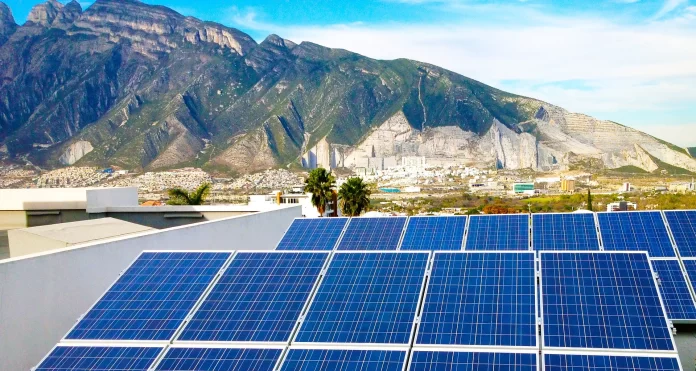Mid-December is when the California Public Utilities Commission (CPUC) is anticipated to vote on the Net Energy Metering (NEM) 3.0 proposal. It might alter the structure of net metering and reduce export rates by up to 76 percent.
Under net metering, utilities compensate rooftop solar owners for exporting power back to the grid. The solar array generates excess power throughout the day and during the brighter parts of the year, resulting in a credit on the utility bill for the times when solar production is insufficient to meet electricity use. Net metering allows rooftop solar owners to receive a return on their investment, and the extra energy sent by the system assists utilities in meeting demand and balancing the grid.
Currently, typical net-metering charges vary between $0.23/kWh and $0.35/kWh, but the current proposal would reduce these costs to an average of $0.05/kWh to $0.08/kWh. This will be the most significant decline in export rates in U.S. history.
Current NEM 1.0 and 2.0 customers are grandfathered into their rates for 20 years, as are customers who acquire grid-interconnection approval from the utility prior to the implementation of NEM 3.0, should the vote pass. The last date by which interconnection permission would be required to obtain NEM 2.0 prices, if passed, would be April 15, 2023.
Bernadette Del Chiaro, executive director of the California Solar and Storage Association (CALSSA), said, “If implemented as is, the CPUC’s plan will protect utility monopolies and increase their profits while making solar less cheap and putting off the goal of 100% renewable energy.”
Numerous case studies around the nation have demonstrated that solar adoption plummets after such a regulatory move. In California, the Imperial Irrigation District discontinued net metering in July 2016, resulting in an 88% reduction in home solar installations. Also in 2016, Nevada reduced net-metering compensation, causing a 47% decrease in residential solar installations the following year, according to CALSSA. This resulted in a 2017 parliamentary session in which net metering was reinstated, which prompted an increase in solar adoption.
“At a time when California needs rooftop solar to thrive, it is hazardous to eliminate a crucial incentive without a suitable replacement. Laura Deehan, state director of Environment California, stated that California’s decision-makers must make rooftop solar as inexpensive and accessible as feasible so that every family with solar potential may realistically choose to go solar.
The CPUC determined that California must increase the quantity of local, distributed solar in order to meet the state’s Senate Bill 100 clean energy target. By 2050, rooftop solar will save California ratepayers $120 billion, or $300 per person annually, according to CALSSA.
Abigail Ross Hopper, president and chief executive officer of the Solar Energy Industries Association (SEIA), stated that the judgement must be modified to “provide a more progressive transition to net billing.”





